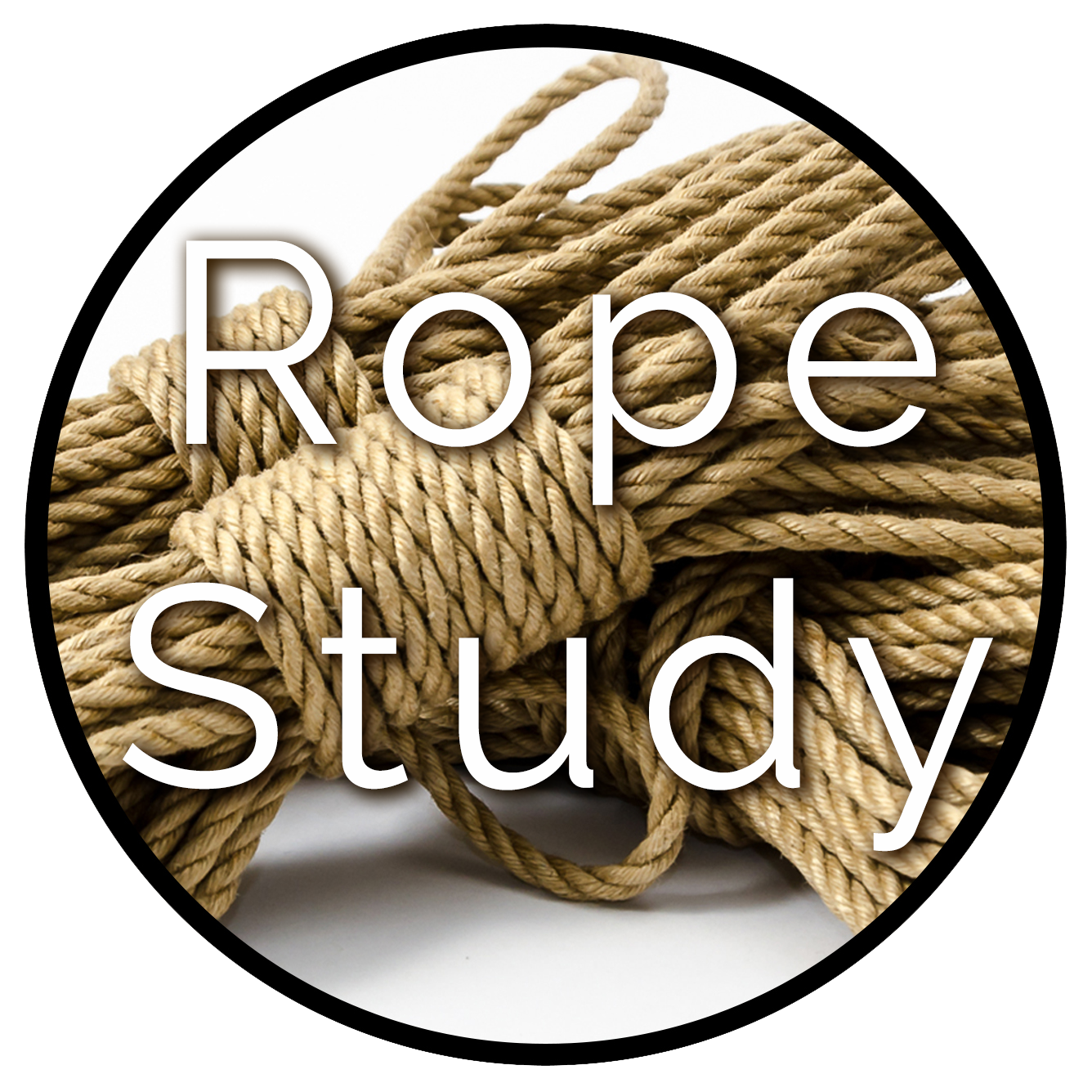Responsible Progression
We believe that one of the greatest dangers in rope comes from tops and bottoms moving too quickly into challenging and dangerous ties and/or suspension because they don’t recognize the limits of their own capabilities. In other words, people who don’t know what they don’t know, and so they push themselves or their partners beyond their ability without realizing that they’re doing so.
As you begin studying rope bondage, we encourage you to take your time and enjoy every stage of your progression. There will always be risk involved, but if your progress keeps pace with your learning, you can introduce those risks in a more-controlled manner and reduce the likelihood of injury. We don’t want to make people afraid of rope, but we do want people to respect the risks involved.
All of this is particularly true about suspension work. You should recognize that rope suspension is edge play, can be very dangerous, and can result in serious injury. And since bottoms are the ones taking the majority of the risk in suspension, we highly recommend that they take time to learn about the rope, the risks, and how their body responds in rope in a controlled, progressive manner over time before allowing someone to suspend them. (We recommend many months of serious study and preparation, not hours or weeks.) We also strongly encourage bottoms to thoroughly vet any top they are considering practicing suspension with.
Responsible Progression & Enjoyment
Rope is meant to be enjoyable (however you define that), but to enjoy it in ways that mitigate the risks, we recommend you keep your “play” or enjoyment of rope confined to the types of ties and experiences that you’ve already gained some mastery over during your practice. (See “Types of Rope Interactions” for more on this concept.)
In your practice, you’re focusing on skills and communication and reducing risk and improving the tie and learning your body in that tie or those positions, etc. That’s important work, but isn’t always “enjoyable.” However, remember as you do that work that as you continue to learn new things and bring them into your practice, the ties and experiences that you can comfortably “play with” in responsible ways will continue to grow.
We also offer this advice: when you are untying, there is usually less need to be as focused on the skills and learning. We suggest that you use the untying stage during your practice to “play” and enjoy the rope. This will give you and your partner the chance to take a quick mental break, to enjoy each other and the rope together, and to not burn out on the practice stage!

Tips for Responsible Progression
- When you first start learning, take advantage of “easier” ties that have “lower risks” associated with them. Use these ties to get used to having rope in your hands or on your body.
- Increase risks gradually, which you can do by adding one new thing at a time, practicing with that thing until you and your partner are both comfortable and confident with it, and then adding one more new thing, and repeating that process as you develop your skills and confidence.
- Stay mindful of what is happening with the rope and with your partner as you practice new things.
- Debrief during and after practicing with your partner, discussing what worked well, what was challenging, and what you will want to focus on for next time.
- And finally, seek out groups of experienced rope practitioners and other in-person learning opportunities that can help you assess your progress and learn more things. When you’re learning a new skill, it’s very difficult to self-assess your progress and competency. Working with someone with more experience (we also recommend vetting to the best of your ability) is an excellent way to gain perspective on your progression.
